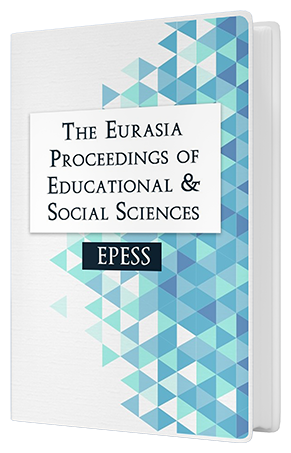PROBING HIGH SCHOOL STUDENTS’ COGNITIVE STRUCTURE ABOUT PHYSICAL AND CHEMICAL CHANGES THROUGH WORD ASSOCIATION TEST
Keywords:
High school students, cognitive structures, physical and chemical changes, WATAbstract
The aim of this study is to investigate high school students’ cognitive structures and to identify their learning difficulties in physical and chemical changes through word association test (WAT) and to compare at different students grades. The study was comprised of 167 students who are attending at ninth (88 students) and tenth grades (79 students). The WAT was used as data a collection instrument developed by the researcher. Before WAT is developed, the physical and chemical change topic placed in high school chemistry curriculum was examined to select the stimulus words of WAT. The WAT comprised of eight total stimulus words, among them chemical reaction, energy, chemical property, and physical property, is used to probe students’ cognitive structures. At the end of the study, it was found that differences in the students’ cognitive structures at ninth and tenth grades make it clear that instruction affects the cognitive structure. On the other hand, it was also concluded that students from both grades cannot associate with the concept of energy with other concepts of the subject.Downloads
Published
Issue
Section
License
Copyright (c) 2016 The Eurasia Proceedings of Educational and Social Sciences

This work is licensed under a Creative Commons Attribution-NonCommercial-ShareAlike 4.0 International License.
The articles may be used for research, teaching, and private study purposes. Any substantial or systematic reproduction, redistribution, reselling, loan, sub-licensing, systematic supply, or distribution in any form to anyone is expressly forbidden. Authors alone are responsible for the contents of their articles. The journal owns the copyright of the articles. The publisher shall not be liable for any loss, actions, claims, proceedings, demand, or costs or damages whatsoever or howsoever caused arising directly or indirectly in connection with or arising out of the use of the research material. All authors are requested to disclose any actual or potential conflict of interest including any financial, personal or other relationships with other people or organizations regarding the submitted work.




